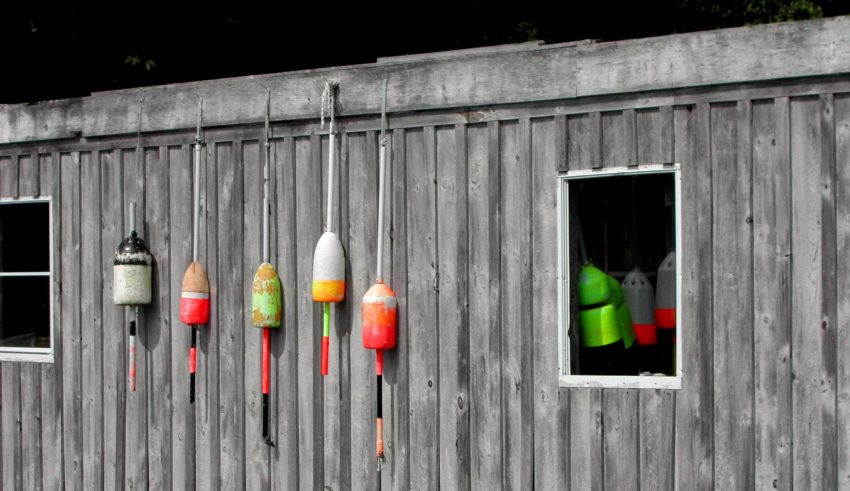
The 49th Area Support Group, located at Fort Carson, Colorado, and commanded by Col. Eddie Sasser, became involved in the operation because Col. Sasser also employed Asymmetric Thinking and it was a wonderful, worthwhile training opportunities for his soldiers. It is estimated that this exercise, called “Rifles Move” saved many thousands of dollars in training money and provided invaluable training opportunities for soldiers of all components…, an excellent reward for Asymmetric Thinking.
Building on Excellence
As a result of its success, and because many others had started to see the possibilities involved in such an exercise, the 143rd was next tasked to move the 35th Air Defense Artillery Brigade from Ft. Lewis, Washington to Ft. Bliss, Texas. The exercise was called “Patriots Move.” This move could have been accomplished by using standard rail or highways methods, but once again LTC. Engel saw the possibilities of other training opportunities.
His knowledge of war plans in some Pacific scenarios generated the concept of using army watercraft to move the Brigade’s equipment from Ft. Lewis, Washington through a port in California, and from there to further move by military vehicles through Phoenix, Arizona and on to Ft. Bliss. War plans clearly called for the use of army watercraft to perform such a mission, and here was the opportunity to practice this task.
The result was a close coordination of activities between 143rd TRANSCOM and the 35th Air Defense Artillery Brigade, which orchestrated the single largest use of army watercraft since Vietnam. The mission was a total success, despite bad weather. It was also a precursor of things to come. The use of Army watercraft to support operations is now an accepted operational capability and is fully engaged in many facets of operations. Today Army watercraft are providing invaluable support in of Iraqi Freedom.
These two exercises and many others like them served as valuable training experiences and examples for leaders such as Major General David Kratzer and Brigadier General Jack Stultz, who today are leading the logistics efforts in Kuwait and Iraq. These officers learned well, have trained their staffs to look for all the possibilities, and allow them the flexibility to do so.
Components of Asymmetric Thinking
The first step in becoming a Asymmetric Thinker is to recognize that you, personally, are 100 percent responsible for generating new possibilities for yourself and for others. Additionally, in our review of successful Asymmetric Thinkers in military, business and political situations, certain attitudes, frames of reference and ways of being are necessary. Among these are:
1 Trust In The Collective Intelligence Of Others
To create new possibilities you have to be willing to encourage it at all levels. For instance, it’s possible that you can change the way soldiers are fed, do guard duty, or perform maintenance. But, if you get the new idea from them, they feel part of the organization because they’ve had a voice; they have been recognized. Too often, leaders make the mistake of categorizing people based on their level. Too many people think that junior officers can’t make a meaningful contribution because of their lesser experience. Yet everyone has experience in thinking, looking at problems in different ways, and can use their imagination.




















